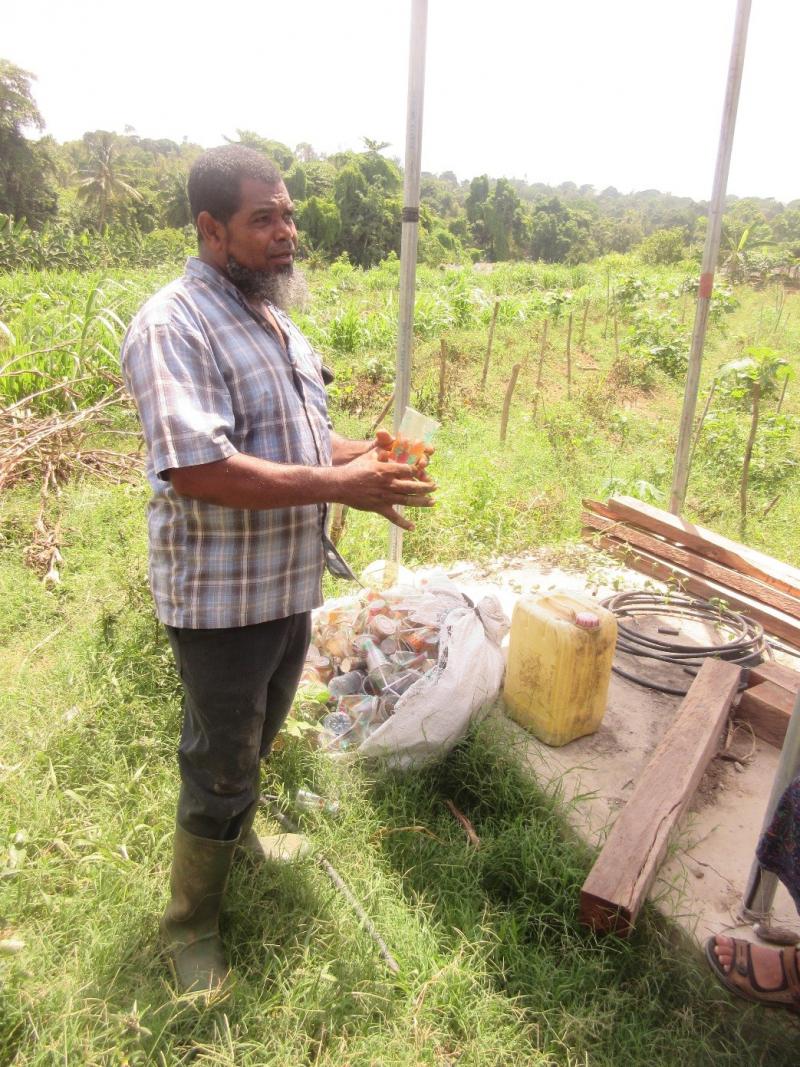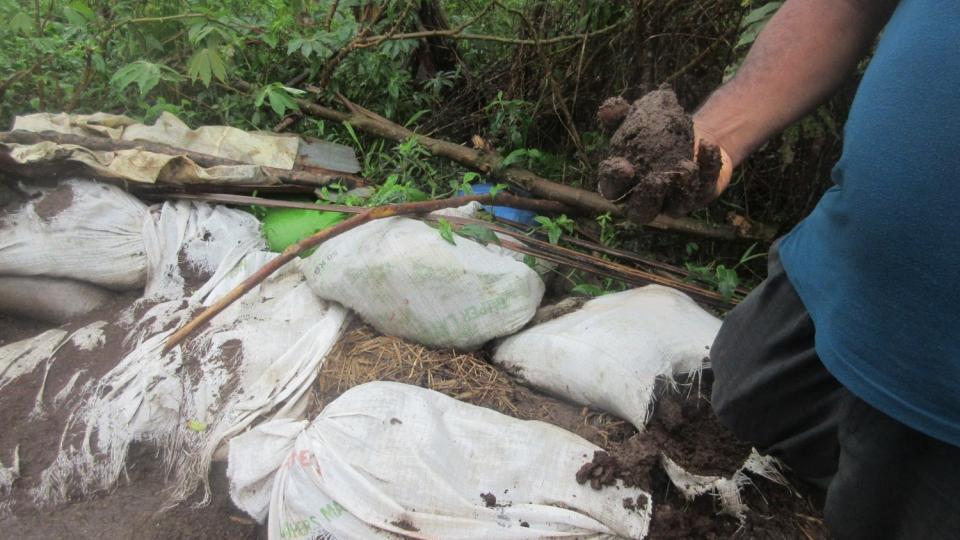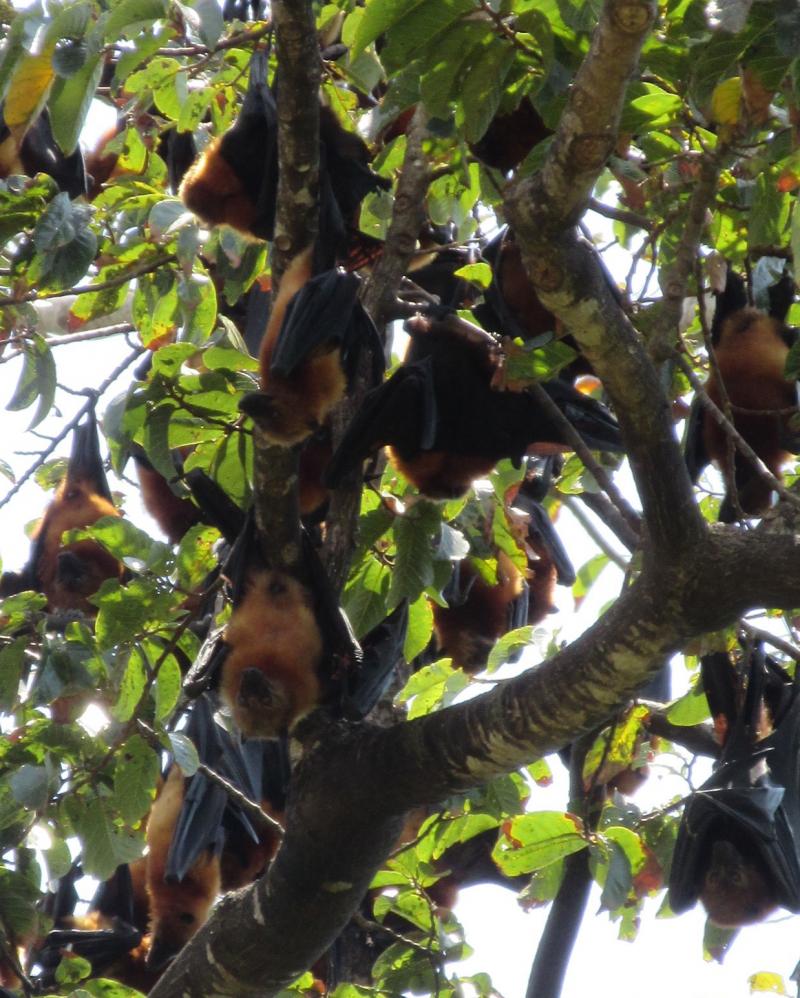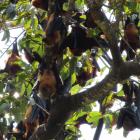Since the late pre-colonial era, the Zanzibar Archipelago (a semi-autonomous region of Tanzania) has suffered from representations that cast its character as “filthy.” Urban “planning” schemes under this British protectorate used filth to make and mummify race and class hierarchies that, in effect, segmented communities. Divisions were based on colonial ideals of sanitation applied to where and who was “pure” and “ordered.” Thus, as a public health threat, filth lies at the core of the Archipelago’s history. Underappreciated in this narrative is how “waste” can challenge this singular historical representation. European waste and schemes contributed to excrement as filth and, in a postcolonial world, underpinned urgent threats to coastal ecosystems and human livelihoods along East Africa’s Swahili Coast.
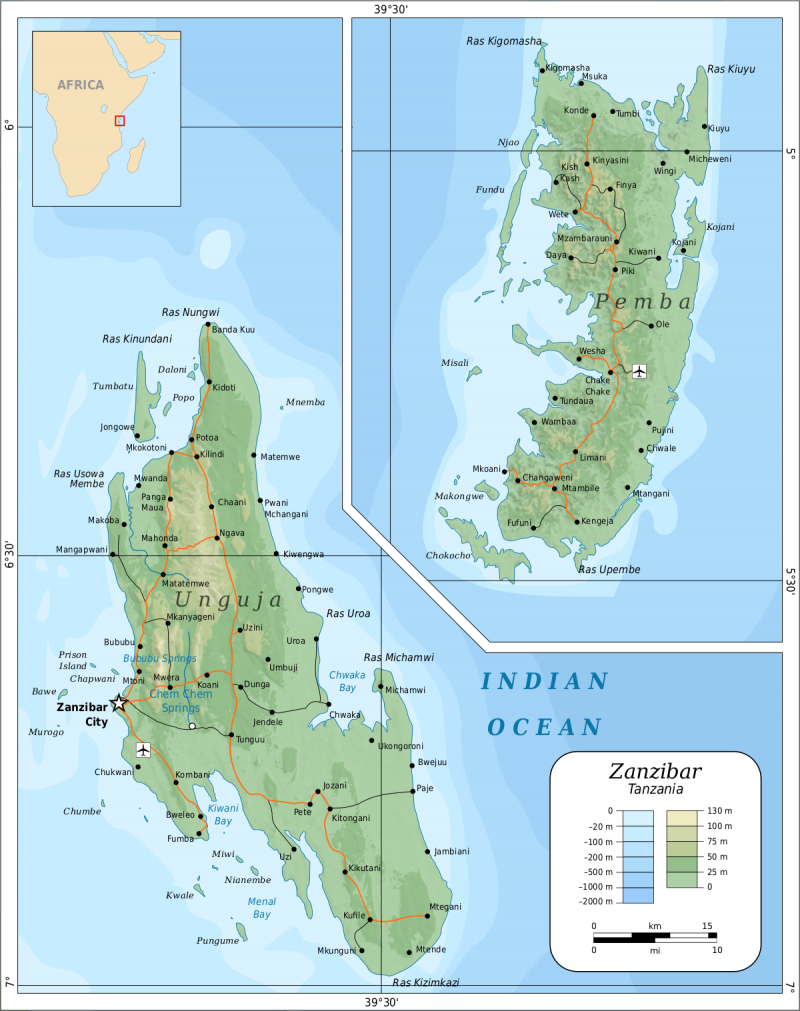
Map of the two main islands in the Zanzibar Archipelago: Unguja (bottom left) and Pemba (top right). Wete Town lies near the coast of northwestern Pemba Island.
Map of the two main islands in the Zanzibar Archipelago: Unguja (bottom left) and Pemba (top right). Wete Town lies near the coast of northwestern Pemba Island.
© Mysid via Wikimedia (accessed on 25 May 2021)
 This work is licensed under a Creative Commons Attribution 4.0 International License.
This work is licensed under a Creative Commons Attribution 4.0 International License.
More importantly, however, British officials failed to recognize the potential of excrement creatively deployed for human benefit in the Archipelago. Under the protectorate (1890–1963), Africans already had used basic manuring strategies to improve farm produce, especially on Unguja Island. However, in recent decades a group of enterprising African farmers on Pemba Island (Zanzibar’s second largest island), began to deploy innovative strategies to improve food production and to win food sovereignty from its sister island and mainland Tanzania. Led by Amour Juma Mohammed, changes to the base agricultural system around Wete Town in northern Pemba creatively combatted soil exhaustion and sought to overcome the impacts of climate change, which placed stress on subsistence farmers and fishers. By doing so, Amour and his collaborators inspired the potential for an agricultural and resources revolution on an island with a long history of cultivating rice and coconuts and, beginning in the nineteenth century, cloves.
Amour—at the time, a farmer and Plant Protection Officer—first was motivated to galvanize farmers during a particularly arid year: 2007. When the roof of the Regional Commissioner’s office in Wete Town needed to be replaced, an opportunity arose. As the roof was removed, workers discovered a half meter-thick layer of bat guano. During five days, Amour single-handedly gathered 30 50-kilogram sacks of this guano for use on his farm. He laughed about the event: “people looked at me as someone confused.” Based on his familiarity with a bat roost when he was a boy, where he noticed medicinal plants growing where they otherwise would not, Amour’s actions launched a bat guano rush. Farmers from the area subsequently scrambled to mine guano from a few other community buildings. Then, they turned to Makangale Cave and other sea caves to mine guano produced by popo ngomba (KiSwahili), or Mops bakarii: an endemic species of micro-bat not identified by science until and in part due to this filthy event.

Vegetable and tree crops on Amour’s property as a result of experimentation with animal excrement and other innovative techniques (2019).
Vegetable and tree crops on Amour’s property as a result of experimentation with animal excrement and other innovative techniques (2019).
© Jonathan Walz
The copyright holder reserves, or holds for their own use, all the rights provided by copyright law, such as distribution, performance, and creation of derivative works.
Bat guano was a powerful fertilizer with which Amour and his fellow farmers experimented. Sweet potatoes and leafy vegetables flourished under treatment. Some crops produced at three times their previous harvests. By the end of 2008, however, guano sources diminished and its use subsided. Yet, farmers still faced multiple pressures: hydrological and other effects of deforestation, restrictive land tenure practices, and reluctant financial institutions wary of lending. Government leaders in Zanzibar were preoccupied with the Archipelago’s transportation and waterworks infrastructure, so potential solutions fell again to rural residents. Amour, himself, was grappling with a spring-fed stream that no longer yielded sufficient fresh water and the damaging creep of marine salt water onto his property. As a response, he and his brethren instituted terracing, irrigation tactics, and intercropping. These strategies had some effect, but increased in reliability when deployed alongside types of excrement.
More than 30 local farmers began to make a manure mixed from the excrement of cows and chickens. When applied, it added nitrogen to plots totalling more than 25 hectares. If applied judiciously, urea also increased the rate of organic decomposition which enriched soils. Dried cow dung and a compost of mixed green leaves, dried leaves, ash, and water further facilitated success. From these strategies, Amour’s business ledgers indicate increased yields of vegetables and legumes. He then coordinated a participatory agricultural project to elaborate on experimentation and to distribute knowledge from their collaboration to other farmers on the island and to politicians. Amour called the endeavor a “farmer field school.” Meanwhile, the group opened a community shop to sell their fertilizers and to convey relevant strategies. As Amour put it, “farmers’ problems lie well beyond the government, and so too do solutions.”
The farmers of northern Pemba continue to work with “filth” to win food sovereignty for this economically impoverished island and to enhance its health during a time of environmental change. Engagement by subsistence farmers shows that fruiting tree species and wild flora which suffered from displacement by cash crops—clove and rubber trees—might be restored through conservation of the Pemba flying fox (Pteropus voeltzkowi), an endemic macro-bat. Studies at the Kizimbani Agricultural Institute on Unguja Island and a field project on Pemba Island indicate that flying foxes spread plant seeds widely and that seeds in their ejecta tend to germinate more quickly. In addition, their guano is phosphoritic—a nutrient lacking in Pemba’s soils—and can improve the region’s floral diversity, distribution, and long-term resilience.
In Indian Ocean-East Africa, excrement helps to feed farmers and advance their food sovereignty, but may also help to revive threatened mammals and restore flora. Unlike colonial representations of “filth,” close investigations of excrement reveal its historical possibility to affect livelihoods, food independence, and an island ecosystem at stake under changes.
How to cite
Walz, Jonathan R. “The Great Guano Rush of 2007–2008: ‘Filth,’ Bats, and Food Sovereignty on Northern Pemba Island, Tanzania.” Environment & Society Portal, Arcadia (Autumn 2021), no. 31. Rachel Carson Center for Environment and Society. doi:10.5282/rcc/9365.
ISSN 2199-3408
Environment & Society Portal, Arcadia
 This work is licensed under a Creative Commons Attribution 4.0 International License.
This work is licensed under a Creative Commons Attribution 4.0 International License.
2021 Jonathan R. Walz
This refers only to the text and does not include any image rights.
Please click on the images to view their individual rights status.
- Basha, Ali, Bakari Asseid, Fatma Khamis, Kassim Madeweya, Mbarouk Ali, Pereira Silima, Soud Jumah, and Tamrini Said. Zanzibar National Forest Resources Management Plan 2008–2020. Zanzibar, Tanzania: Ministry of Agriculture, Livestock and Environment, The Revolutionary Government of Zanzibar, 2009.
- Bissell, William. Urban Design, Chaos, and Colonial Power in Zanzibar. Bloomington, Indiana: Indiana University Press, 2010.
- Davidson, Lea. “Pteropus voeltzkowi and the Understory: A Study of the Behavioral Impacts of the Pemba Flying Fox on Vegetation and the Soil Quality of Pemba Island”. Independent Study Project 2616 (ISP Collection), 2017. https://digitalcollections.sit.edu/isp_collection/2616.
- Douglass, Kristina, Jonathan Walz, Erendira Quintana Morales, Richard Marcus, Garth Myers, and Jacques Pollini. “Historical Perspectives on Contemporary Human-Environment Dynamics in Southeast Africa.” Conservation Biology 33, no. 2 (2019): 260–74. doi:10.1111/cobi.13244.
- Stanley, William. “A New Species of Mops (Molossidae) from Pemba Island, Tanzania.” Acta Chiropterologica 10, no. 2 (2008): 183–92. doi:10.3161/150811008X414773.
- Walsh, Martin. “The Use of Wild and Cultivated Plants as Famine Food on Pemba Island, Zanzibar.” Etudes Océan Indien 42–43 (2009): 217–41. doi:10.4000/oceanindien.793.
- Walshaw, Sarah. Swahili Trade, Urbanization, and Food Production: Botanical Perspectives from Pemba Island, Tanzania, 600–1500. Oxford: Archaeopress, 2015.


